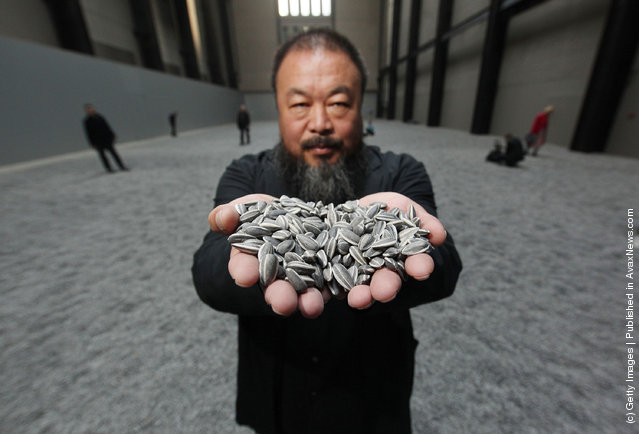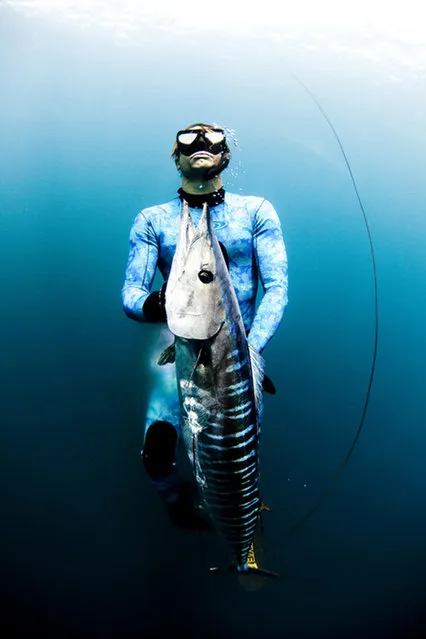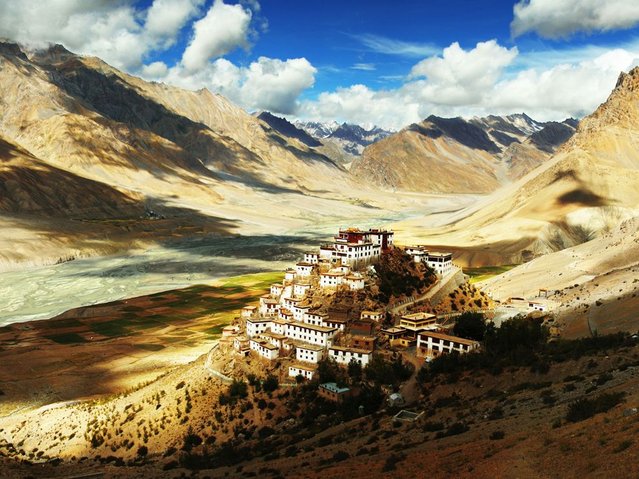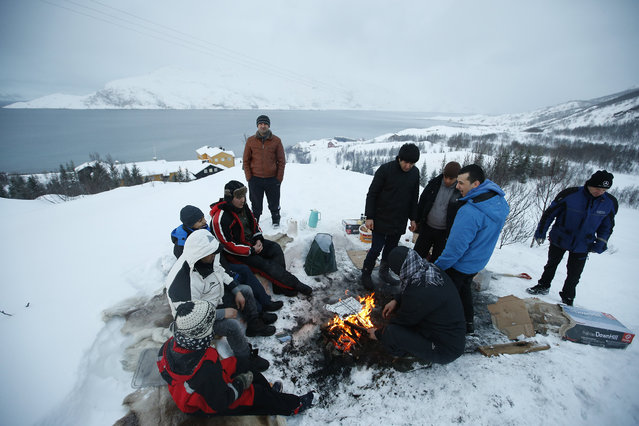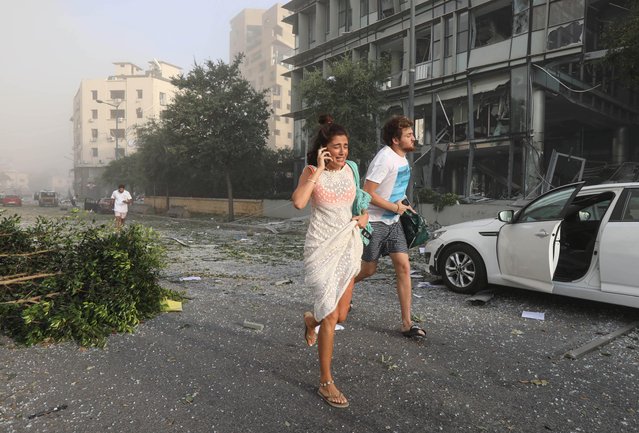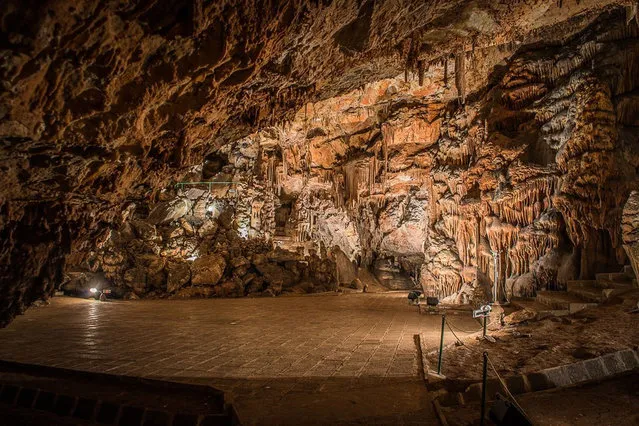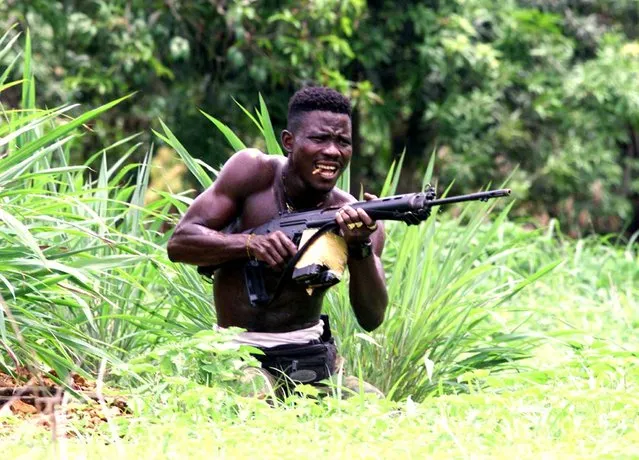
Yannis Behrakis, one of Reuters' most decorated and best-loved photographers, has passed away after a long battle with cancer. He was 58. Here: A pro-government Sierra Leonean fighter bites a bullet as he takes position in no man's land 2 km ahead of Rogberi junction where evidence of executed UN troops were found after heavy fighting between government troops and RUF rebels 100 km north east of Freetown, Sierra Leone, May 23, 2000. (Photo by Yannis Behrakis/Reuters)
06 Mar 2019 00:05:00,post received
0 comments

